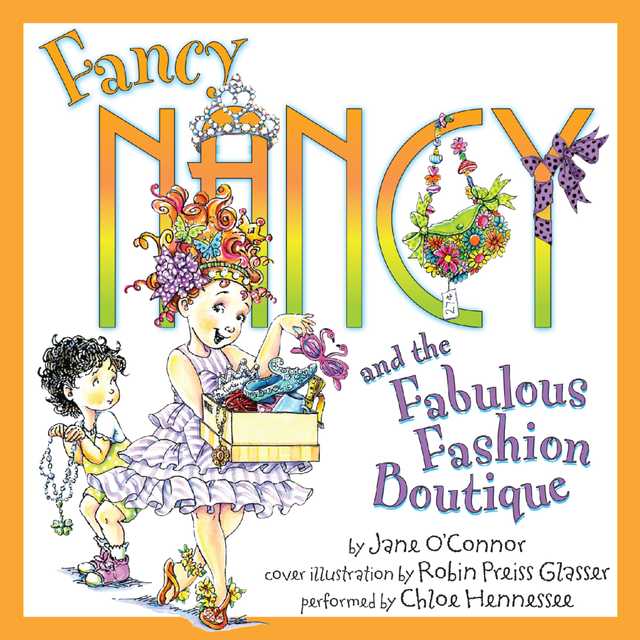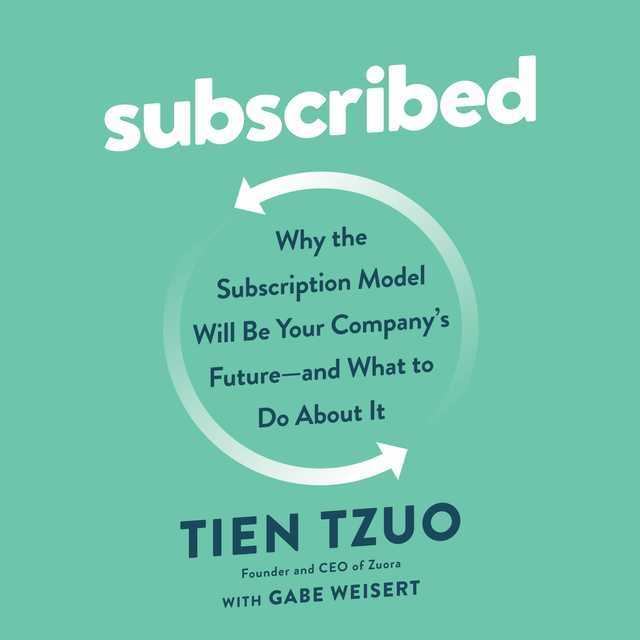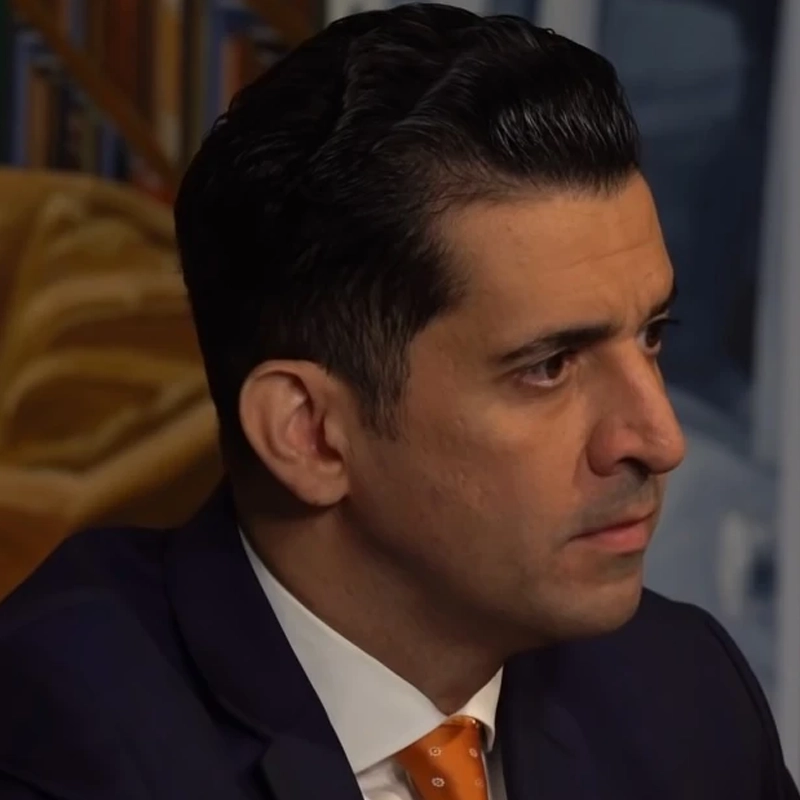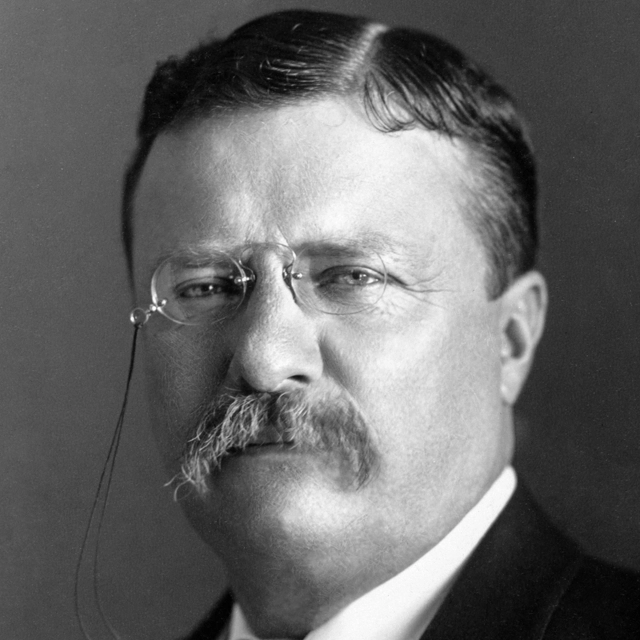Welcome to Your World Audiobook Summary
One of the nation’s chief architecture critics reveals how the environments we build profoundly shape our feelings, memories, and well-being, and argues that we must harness this knowledge to construct a world better suited to human experience.
Taking us on a fascinating journey through some of the world’s best and worst landscapes, buildings, and cityscapes, Sarah Williams Goldhagen draws from recent research in cognitive neuroscience and psychology to demonstrate how people’s experiences of the places they build are central to their well-being, their physical health, their communal and social lives, and even their very sense of themselves. From this foundation, Goldhagen presents a powerful case that societies must use this knowledge to rethink what and how they build: the world needs better-designed, healthier environments that address the complex range of human individual and social needs.
By 2050 America’s population is projected to increase by nearly seventy million people. This will necessitate a vast amount of new construction–almost all in urban areas–that will dramatically transform our existing landscapes, infrastructure, and urban areas. Going forward, we must do everything we can to prevent the construction of exhausting, overstimulating environments and enervating, understimulating ones. Buildings, landscapes, and cities must both contain and spark associations of natural light, greenery, and other ways of being in landscapes that humans have evolved to need and expect. Fancy exteriors and dramatic forms are never enough, and may not even be necessary; authentic textures and surfaces, and careful, well-executed construction details are just as important.
Welcome to Your World is a vital, eye-opening guide to the spaces we inhabit, physically and mentally, and a clarion call to design for human experience.
Other Top Audiobooks
Welcome to Your World Audiobook Narrator
Andrea Gallo is the narrator of Welcome to Your World audiobook that was written by Sarah Williams Goldhagen
Sarah Williams Goldhagen taught at Harvard University’s Graduate School of Design for ten years and was the New Republic’s architecture critic until recently. Currently a contributing editor at Art in America and Architectural Record, she is an award-winning writer who has written about buildings, cities, and landscapes for many national and international publications, including the New York Times, the American Prospect, and Harvard Design Magazine. She lives in New York City.
About the Author(s) of Welcome to Your World
Sarah Williams Goldhagen is the author of Welcome to Your World
More From the Same
- Publisher : HarperAudio
- Abraham
- American Gods [TV Tie-In]
- Dead Ringer
- House of Sand and Fog
- Prey
Welcome to Your World Full Details
| Narrator | Andrea Gallo |
| Length | 9 hours 10 minutes |
| Author | Sarah Williams Goldhagen |
| Publisher | HarperAudio |
| Release date | April 11, 2017 |
| ISBN | 9780062660695 |
Additional info
The publisher of the Welcome to Your World is HarperAudio. The imprint is HarperAudio. It is supplied by HarperAudio. The ISBN-13 is 9780062660695.
Global Availability
This book is only available in the United States.
Goodreads Reviews
Jennifer
June 30, 2017
This is a passionate and well written discussion of why design and architecture matter and how it would improve our society to assign good design a more important role in contemporary America as so much work here is poorly built (much by developers who only care about building cheaply and personal profit). Our society needs policies that support good design as it increases the well being of our society at all income levels. Other countries, such as Holland build better not because they are more capable of good design than us, but as a culture they have higher expectations for their built environment. The application of studies in environmental psychology to architecture is fascinating. I wish there had been more examples of these studies, such as the one that students taking a test in classrooms painted with a blue ceiling perform better. I think more of these examples would have strengthened this book as a study of the connection between environmental studies and good architecture. Some of the examples seem obvious such as more nature, light and ventilation in an environment improves peoples sense of well being, but it is interesting that there are studies that actually prove this point. Additional interesting examples cited include that jarring angles can be disturbing, that we are attracted to curved walls (and the Parthenon has them even though it appears to be straight), and that we are attracted to symmetry. The point that the scale of repetition and symmetry effects its perception was so interesting; I wish the focus was more on examples such as these. There were many examples of good architecture described, including the Pantheon, the Parthenon, the Salk Center. The reasons why the projects described were good architecture was interesting reading, but I was hoping that more examples directly illustrated the points from the environmental studies. Also, some of the buildings mentioned did not have accompanying photos, and if one was not familiar with the building, the point was partially lost. As an architect I should be familiar with all of the examples, but general readers may not be motivated to continue further research. The Scottish Houses of Parliament was a fascinating example. I wish the exterior photo was better- it was so dark that I could barely make it out. The assembly room photo well illustrated a gorgeous space, and the little carved out seats in the windows were fascinating. I need to get to know this project better. The point that architecture matters was well made, and the examples of the social sciences supported the point that architecture and our environment is important. I wished that there were more examples of the social studies discussed with examples illustrating their points, rather than so many classic buildings being cited as examples of good architecture. We do need to be building more of the quality of the Pantheon, Parthenon and Salk Centers today; it is unfortunate that the quality of these examples are so rare as to be almost an anomaly. Having a society that understands and supports why good design is important would increase the odds that we will build a better more healthy environment, as all odds are against us the way things currently stand. This book well illustrates why good design matters and it wet my appetite to read more about the connection of environmental studies and good design.
Phil
January 30, 2018
I really enjoyed the description of how good design help buildings drastically improve our experiences and our lives. The case studies were also excellent. The studies of buildings that I've visited before were especially vivid, but the images in the print edition allowed me some insight into those that I hadn't experienced myself. At times, the language became really pretentious and unnecessarily academic. But that didn't detract from the overall message.
Daniel
October 20, 2017
Fascinating! This would be an interesting read for anyone curious about the effects that built environments have on the people who inhabit them. As an architect, this book gave me much to think about, and having just finished it, I feel like I should read it again to pick up more of the info I probably didn't absorb in the first read.
Ailith
March 15, 2018
The argument is important, and depressingly often ignored (There's not a single building that isn't either a concrete box, or a cookie-cutter house that's already falling apart in my entire town)I have no idea how good the actual points are, not a topic I've researched, but I'm glad someone is doing the science, since we live in an age where only population control and capital gains have any value whatever, it is essential to provide an argument in favour of decent living standards and environments. I've spent my life in mind-destroying surroundings. It would be nice to think at least future generations may not have to deal with the same issue of every building they ever enter being more or less identical, and completely backwards for human use.
Svetlana
November 14, 2018
Some points are repeated too many times over throughout the book but the review of research and specific examples of how architecture and design of spaces affects humans is great.
Taylor
March 12, 2018
Welcome to your world is an intriguing book which explores how the environment we build around us affects us, as well as how we navigate that reality. What I find really fascinating is how the author integrates cognitive and bodily experiences into the book so that we're not just looking at the environment, but also our own place in space. If you want to understand space, building designs, or how you navigate the world around this is an excellent book to read because it provides you a way to look at your environment from a unique perspective and consider how you situate yourself in the world around you as well as how bring good design into your life and improve your circumstances as a result.
Aaron
June 09, 2020
I’m familiar with a lot of this material, just because my interests converge in a book like this, but Goldhagen goes deep into the social, psychological and experiential facets of how we act on, react to, and simply live in the built environment. Her writing style feels textbooky, but that’s easy to accommodate when you’re learning so much. Rigorously thought out, well argued, beautifully illustrated and produced, this book is persuasive as well as a great pleasure.
Carter
February 20, 2019
A nice addition to the much need body of literature devoted to evidence based architecture. Like all passionate writers Goldhagen overreaches the science at times to describe conclusions that support her point, but in general there were few unacceptably biased implications and it seems as though the questions were approached with the sincerest of intentions. Well written and holds ones interest, even if it is repetitive at times.
Ana
September 28, 2021
As a spatial designer I’ve a great interest in this topic. It’s a great introductory book about how the built environment shapes our lives. It has lots of great references. I think it’s written in a way that anyone without knowledge in the area can understand clearly. I would like it to be more technical but I can see the merit in making it more accessible
Danielle
January 12, 2018
Not the kind of book I normally read & took me a really long time to get through. That being said, beautiful pictures of great design and a compelling case for the importance of design of the built structures around us and some interesting insights into what makes these designs good.Makes me want to read a book on city planning to increase happiness, but maybe not for another few books...
Andy
October 05, 2020
A trove of brilliant examples that make the analysis come to life.That said, I'd like to see a bit more sustained analysis, and I'd really appreciate sophistication around the use of "nature." The unhelpfulness of that word pulses off the pages here.
Christopher
December 31, 2018
You probably only need to read the first half to get the gist of what the author wants to you get. It did open my eyes to the importance and major effect architecture has on many aspects of our lives.
Bob
September 26, 2020
Nice compilation of architecture that can help to improve society; raise cognition and awareness; elevate human emotions; empower people; allow more realization of human potential -- and all this from better building of our homes, offices, schools, political centers, and more...
Mark
January 11, 2020
Good overview with solid examples of why good design matters. Recommended as primer or refresher.
Dansav
April 19, 2020
It's a nice and easy book but really introductory to space. Not so life changing if you're looking something more for architects
Emily
November 03, 2022
Smart, evocative, helpful, and hopeful. My only complaint is that I wanted even more -- examples, chapters, writing -- about how the built environment shapes us.
Most Popular Audiobooks
Frequently asked questions
Listening to audiobooks not only easy, it is also very convenient. You can listen to audiobooks on almost every device. From your laptop to your smart phone or even a smart speaker like Apple HomePod or even Alexa. Here’s how you can get started listening to audiobooks.
- 1. Download your favorite audiobook app such as Speechify.
- 2. Sign up for an account.
- 3. Browse the library for the best audiobooks and select the first one for free
- 4. Download the audiobook file to your device
- 5. Open the Speechify audiobook app and select the audiobook you want to listen to.
- 6. Adjust the playback speed and other settings to your preference.
- 7. Press play and enjoy!
While you can listen to the bestsellers on almost any device, and preferences may vary, generally smart phones are offer the most convenience factor. You could be working out, grocery shopping, or even watching your dog in the dog park on a Saturday morning.
However, most audiobook apps work across multiple devices so you can pick up that riveting new Stephen King book you started at the dog park, back on your laptop when you get back home.
Speechify is one of the best apps for audiobooks. The pricing structure is the most competitive in the market and the app is easy to use. It features the best sellers and award winning authors. Listen to your favorite books or discover new ones and listen to real voice actors read to you. Getting started is easy, the first book is free.
Research showcasing the brain health benefits of reading on a regular basis is wide-ranging and undeniable. However, research comparing the benefits of reading vs listening is much more sparse. According to professor of psychology and author Dr. Kristen Willeumier, though, there is good reason to believe that the reading experience provided by audiobooks offers many of the same brain benefits as reading a physical book.
Audiobooks are recordings of books that are read aloud by a professional voice actor. The recordings are typically available for purchase and download in digital formats such as MP3, WMA, or AAC. They can also be streamed from online services like Speechify, Audible, AppleBooks, or Spotify.
You simply download the app onto your smart phone, create your account, and in Speechify, you can choose your first book, from our vast library of best-sellers and classics, to read for free.
Audiobooks, like real books can add up over time. Here’s where you can listen to audiobooks for free. Speechify let’s you read your first best seller for free. Apart from that, we have a vast selection of free audiobooks that you can enjoy. Get the same rich experience no matter if the book was free or not.
It depends. Yes, there are free audiobooks and paid audiobooks. Speechify offers a blend of both!
It varies. The easiest way depends on a few things. The app and service you use, which device, and platform. Speechify is the easiest way to listen to audiobooks. Downloading the app is quick. It is not a large app and does not eat up space on your iPhone or Android device.
Listening to audiobooks on your smart phone, with Speechify, is the easiest way to listen to audiobooks.






























